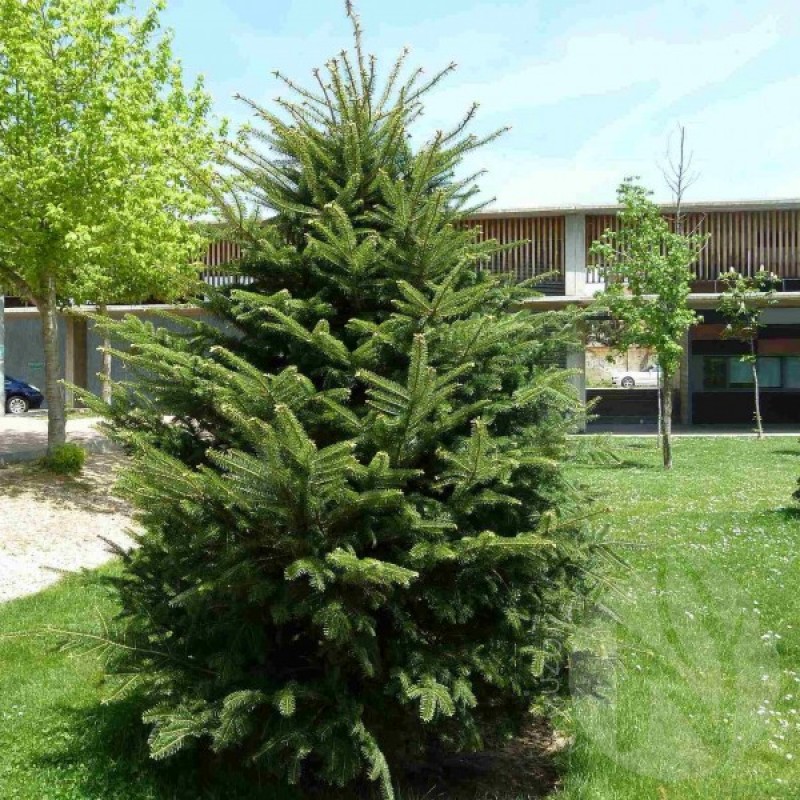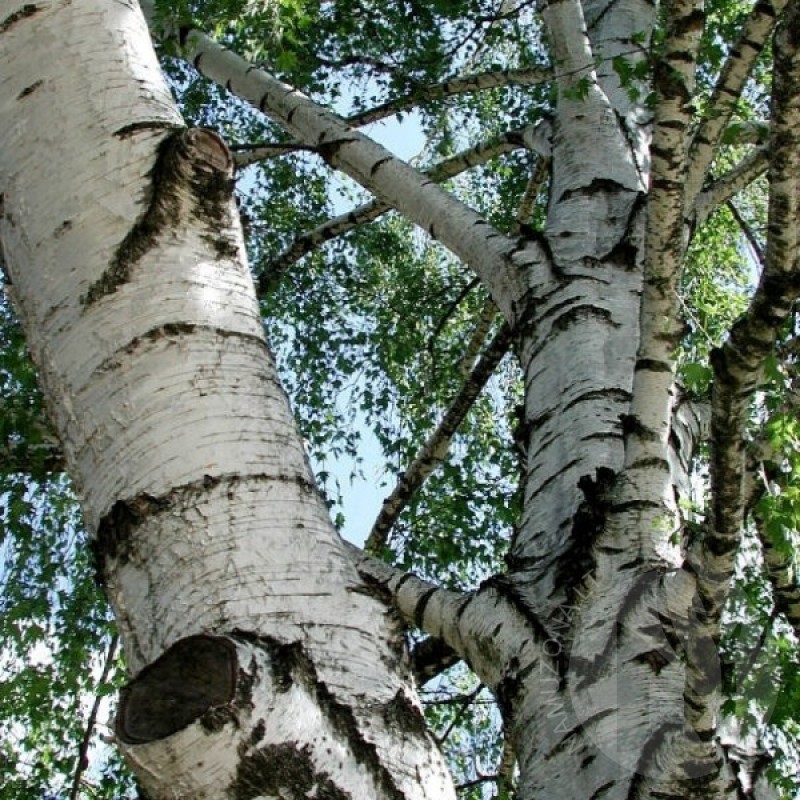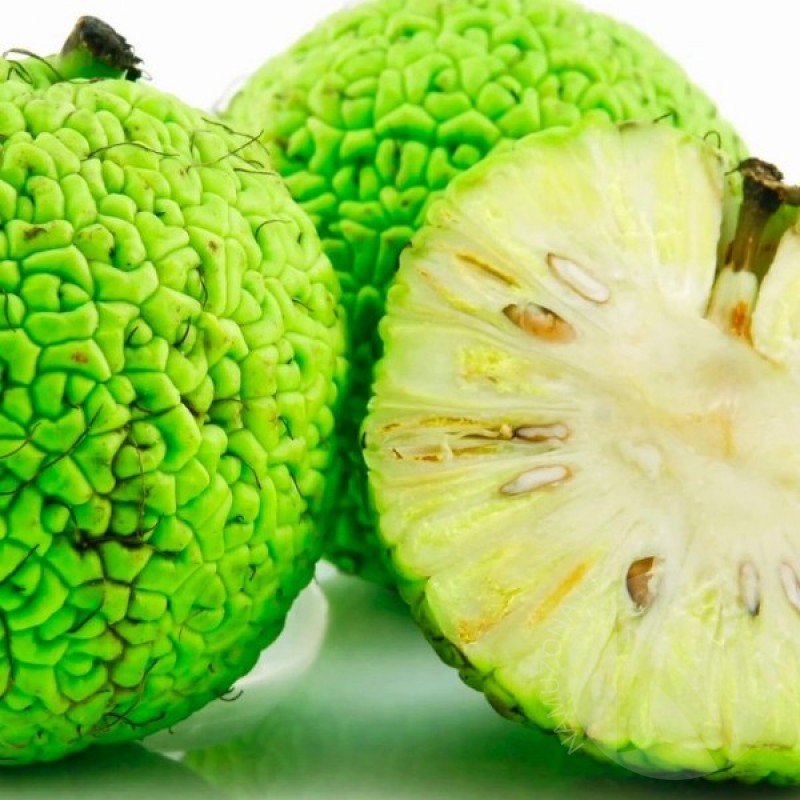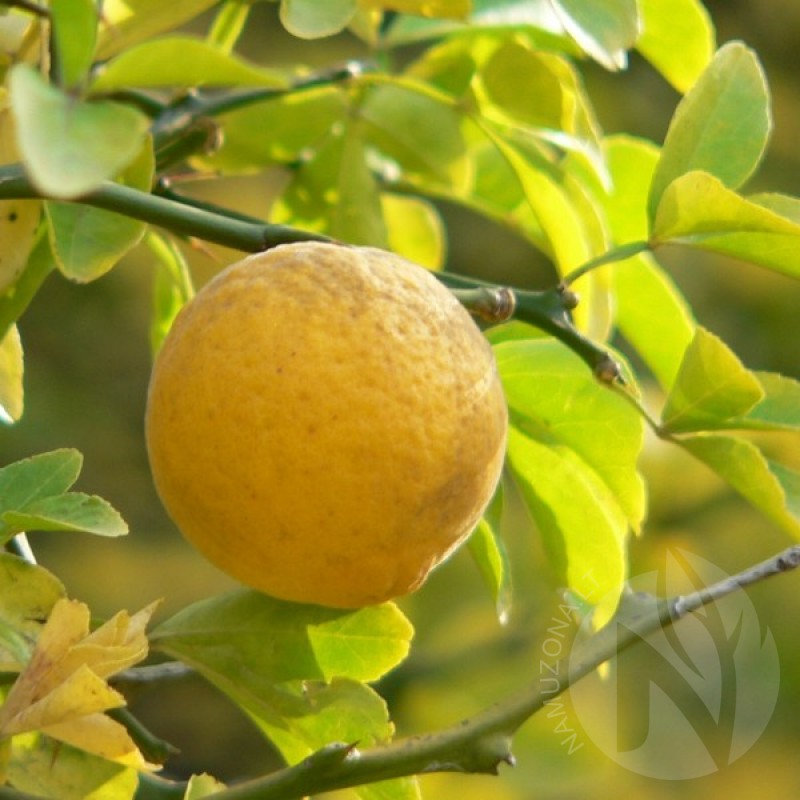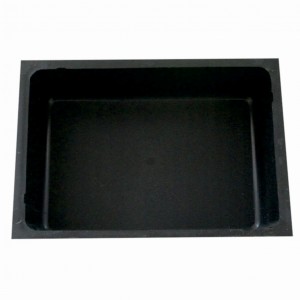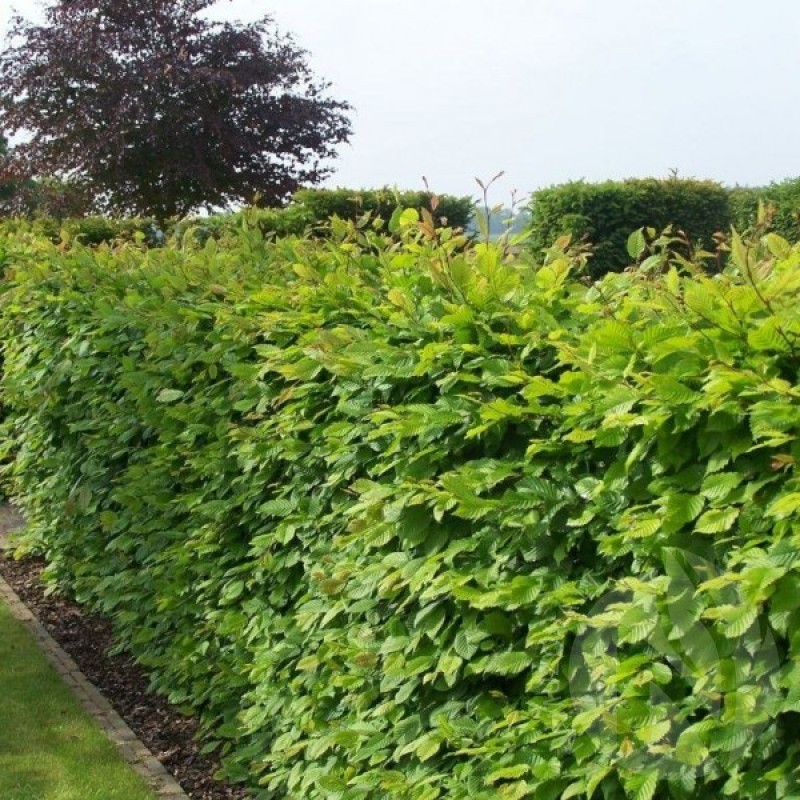
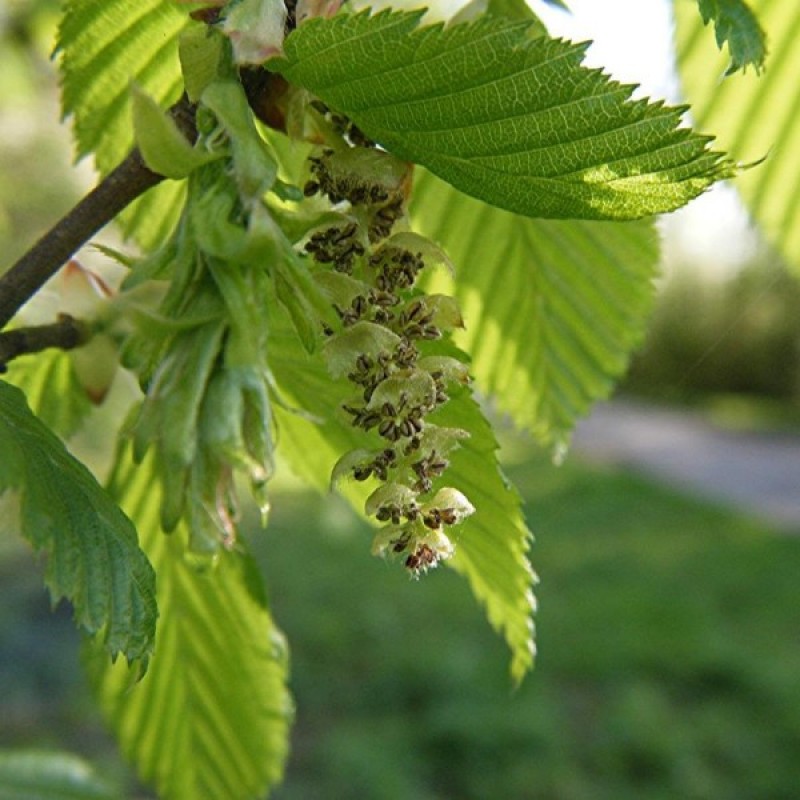
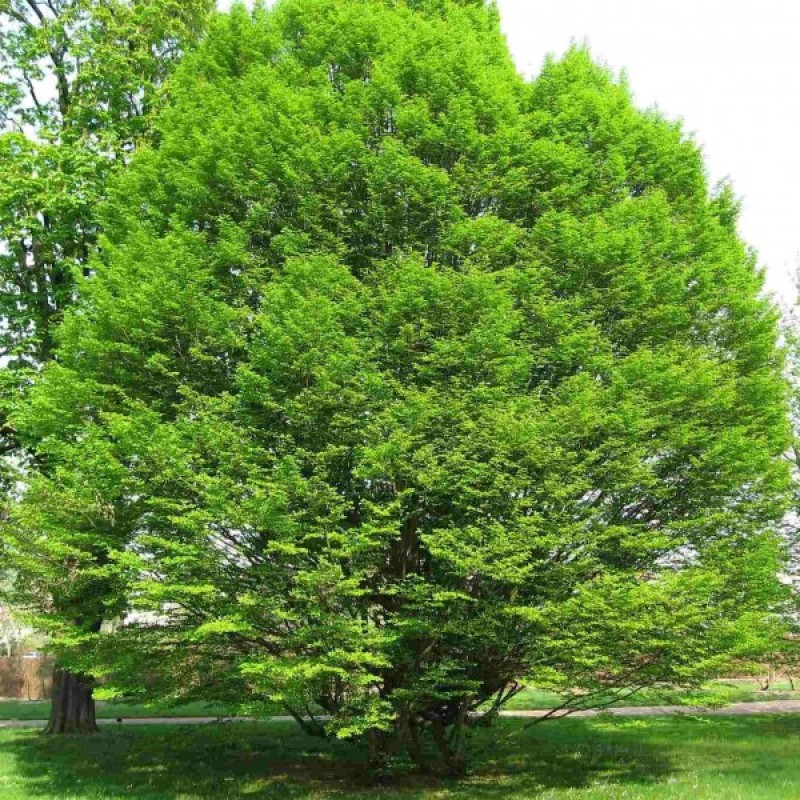
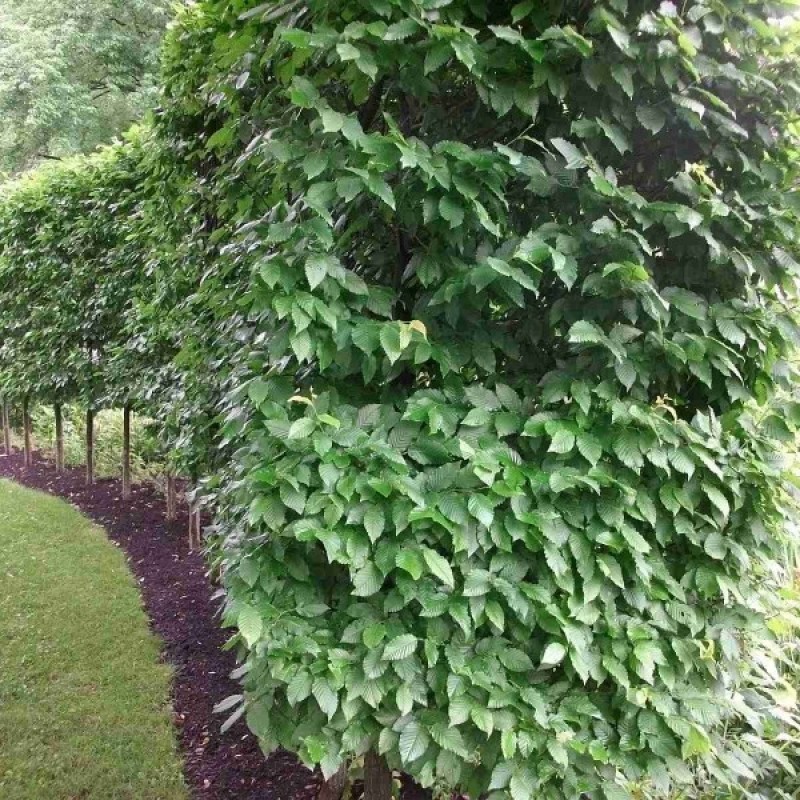
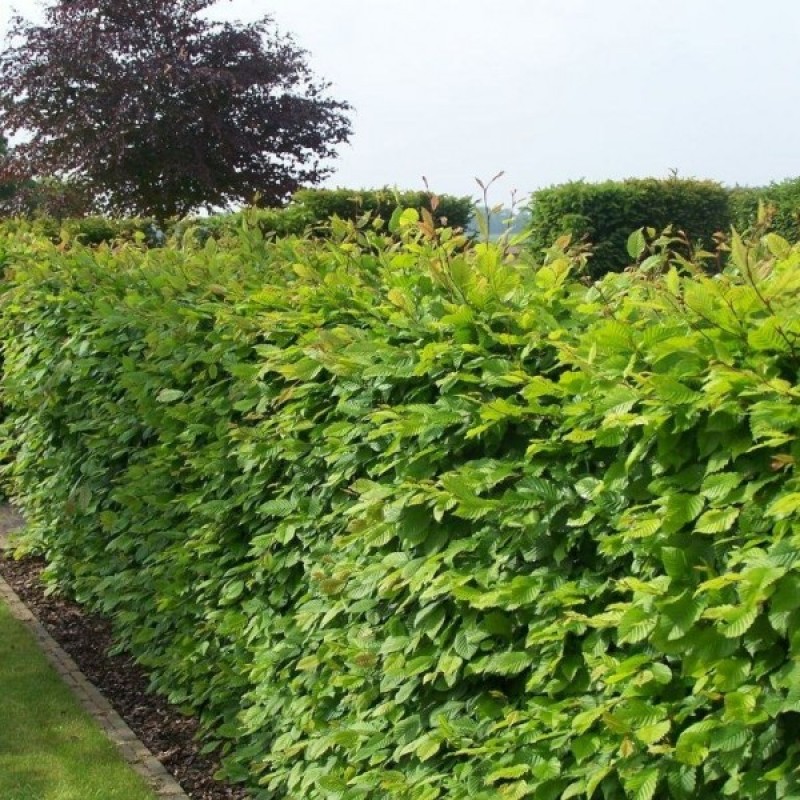
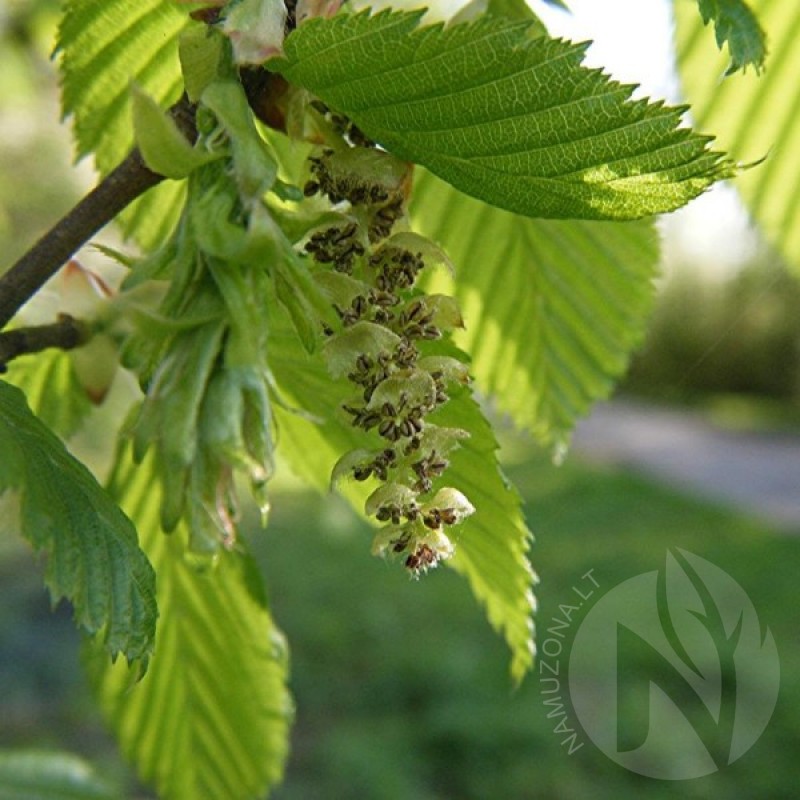
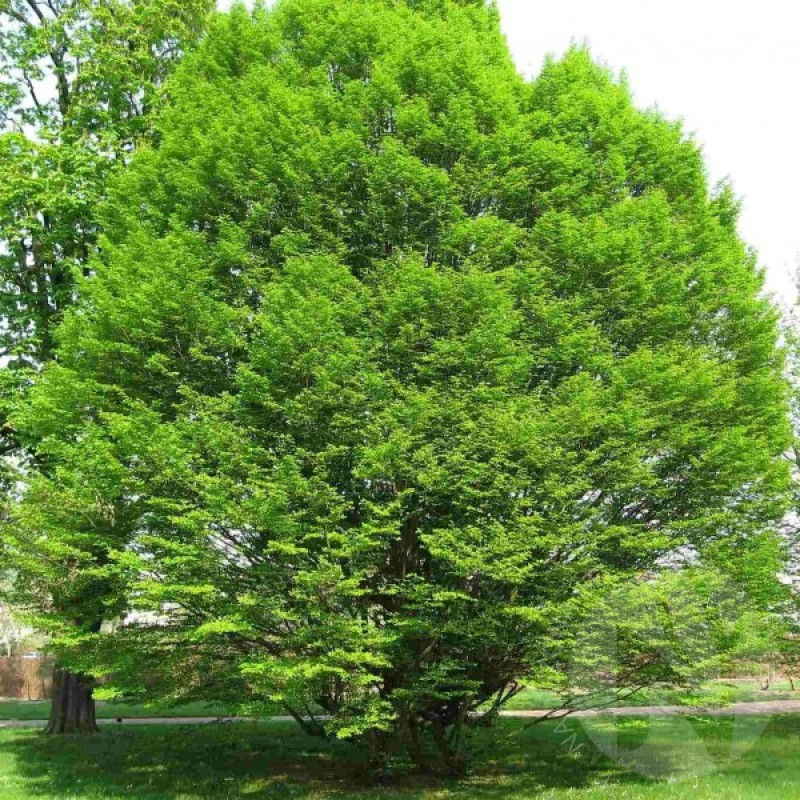
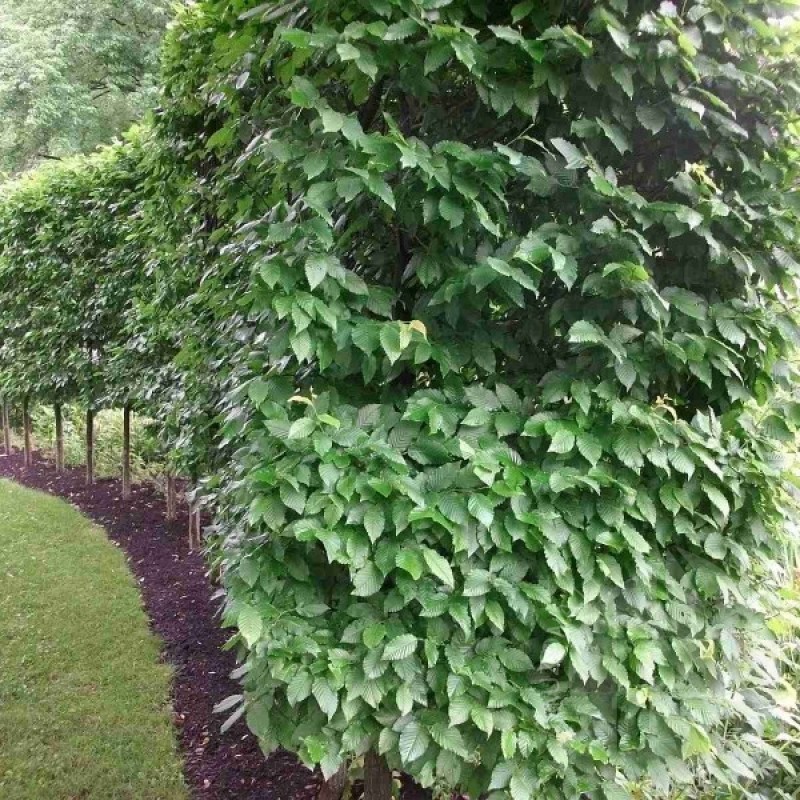
PAY ATTENTION!
All seeds (except SOLD OUT) are available for immediate shipping and will be dispatched within 1-2 business days.
INFORMATION NEEDED? PLEASE CONTACT US NOW!
A stately tree with muscular gray branches and trunk, the European hornbeam has glossy green foliage and produces interesting strings of lobed, yellow-brown fruits in fall. This tall, oval-canopied deciduous tree is native to much of Europe and eastward into Asia Minor.
The leaves are oval and have unequal but doubled rows of teeth on their edges. Veins are very depressed and the upper leaf side is a dull, deep green and undersides a lighter shiny green. These leaves are held late into fall and may color yellow-green to gold, and luckily in some locales to shades of orange-red. The flowers are not ornamental but are interesting, since they appear as catkins - drooping strands of either male or female gender. These catkins appear in spring prior to leaves emerging. Once pollinated by the wind, the female flowers may large strands of green fruits with three lobed bracts that turn yellowish brown by autumn.
Grow the handsome European hornbeam in full sun to light shade in any average, well-draining soil with good fertility. Tolerant of urban conditions, it makes a nice street or shade tree and it also handles heavy pruning well, leading it to be sometimes used as a tall, imposing and stately hedgerow.
Genus - Carpinus
Species - Betulus
Common name - European Hornbeam
Pre-Treatment - Required
Hardiness zones - 4 - 7
Height - 40-80' / 12 - 24 m
Spread - 30-60' /9 - 18 m
Plant type - Medium Tree
Vegetation type - Deciduous
Exposure - Full Sun, Partial Sun, Partial Shade
Growth rate - Medium
Soil PH - Acidic, Neutral
Soil type - Clay, Loam
Water requirements - Average Water
Landscape uses - Feature Plant, Hedges, Screening / Wind Break, Shade Trees, Street Trees
Bloom season - Spring
Leaf / Flower color - Green, Dark green / Yellow, Green
GERMINATION INSTRUCTIONS
Soak seeds 12-24 hours in a warm water.
Stratification/ cold treatment: seeds need 60-90 days pre-chill period. Seeds can be stratified in dampened peat or sand, in a plastic box or bag at 4°C or 5°C in a refrigerator. The seeds should not be frozen or in a wet medium.
Sow Carpinus seeds on the surface of a Well drained seed sowing mix at about 20°C.When they are large enough to handle, prick the seedlings out into individual pots and grow them on in a cold frame until they are at least 15cm tall before planting them into their permanent positions. Grow the plants on for two years in the seedbed and then plant them out into their permanent positions in the winter
Atsiliepimų apie šią prekę kol kas nėra.
No questions about this product.

